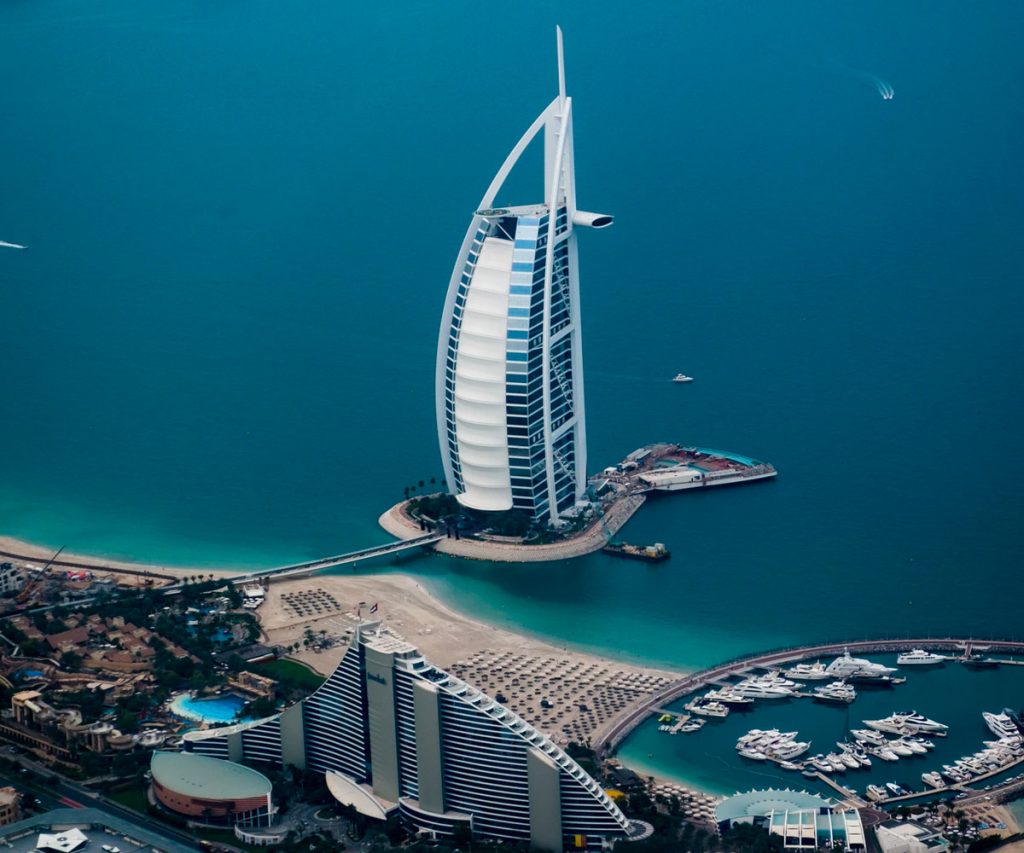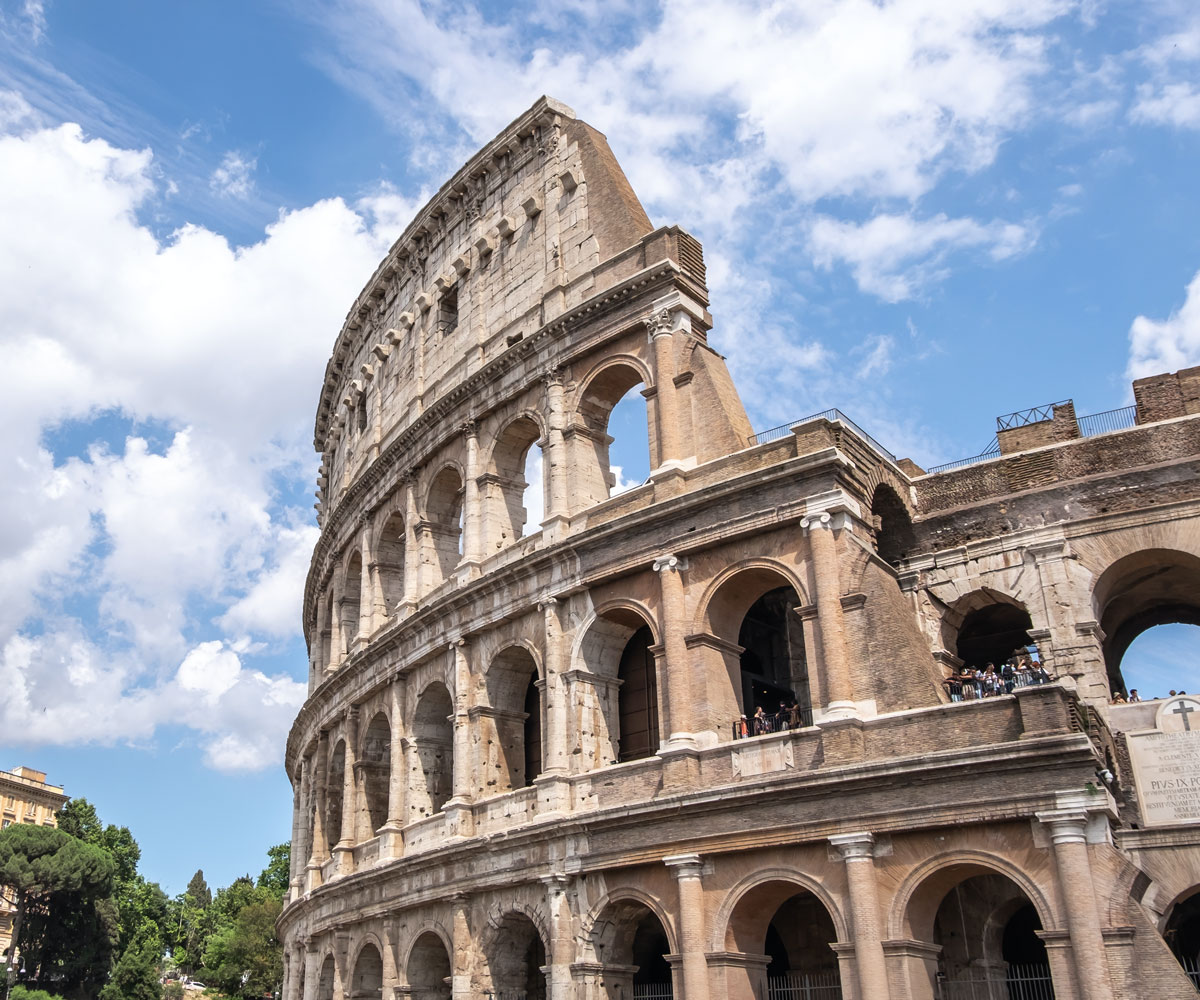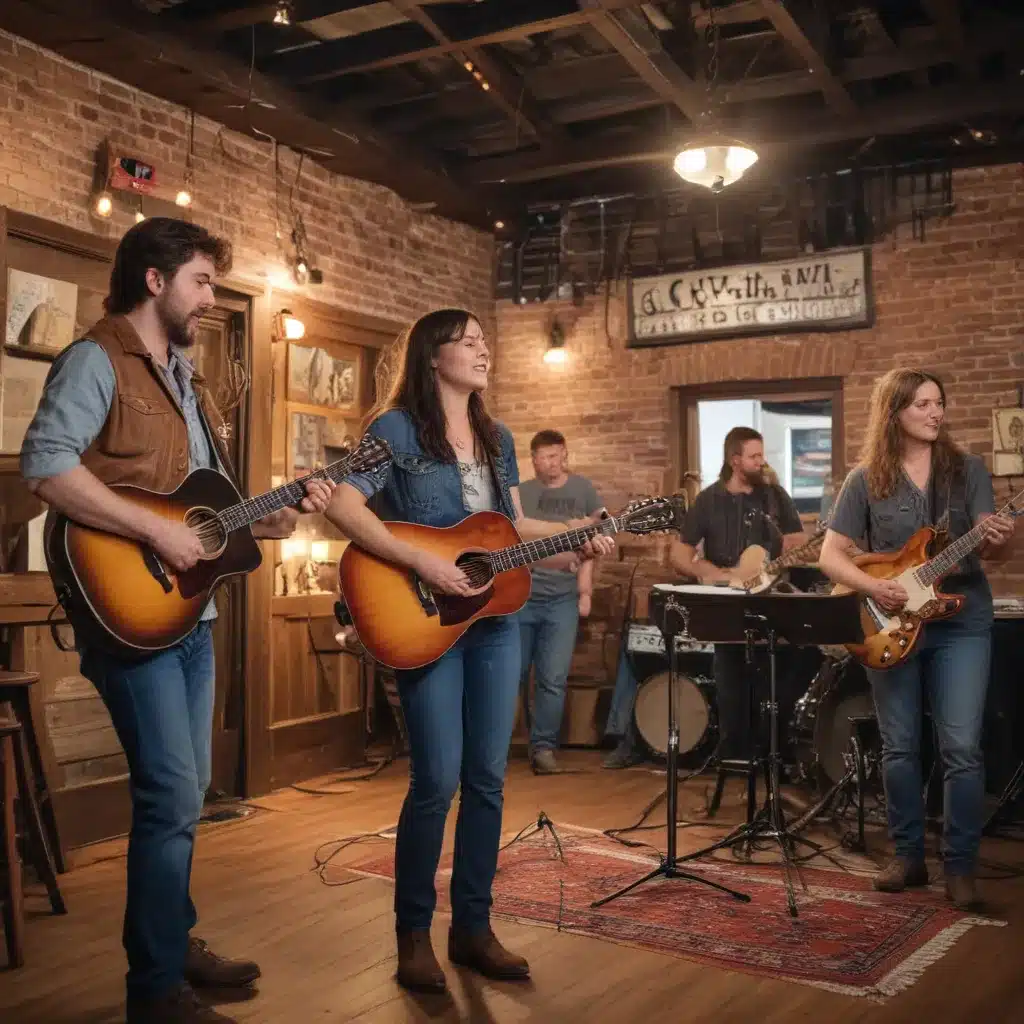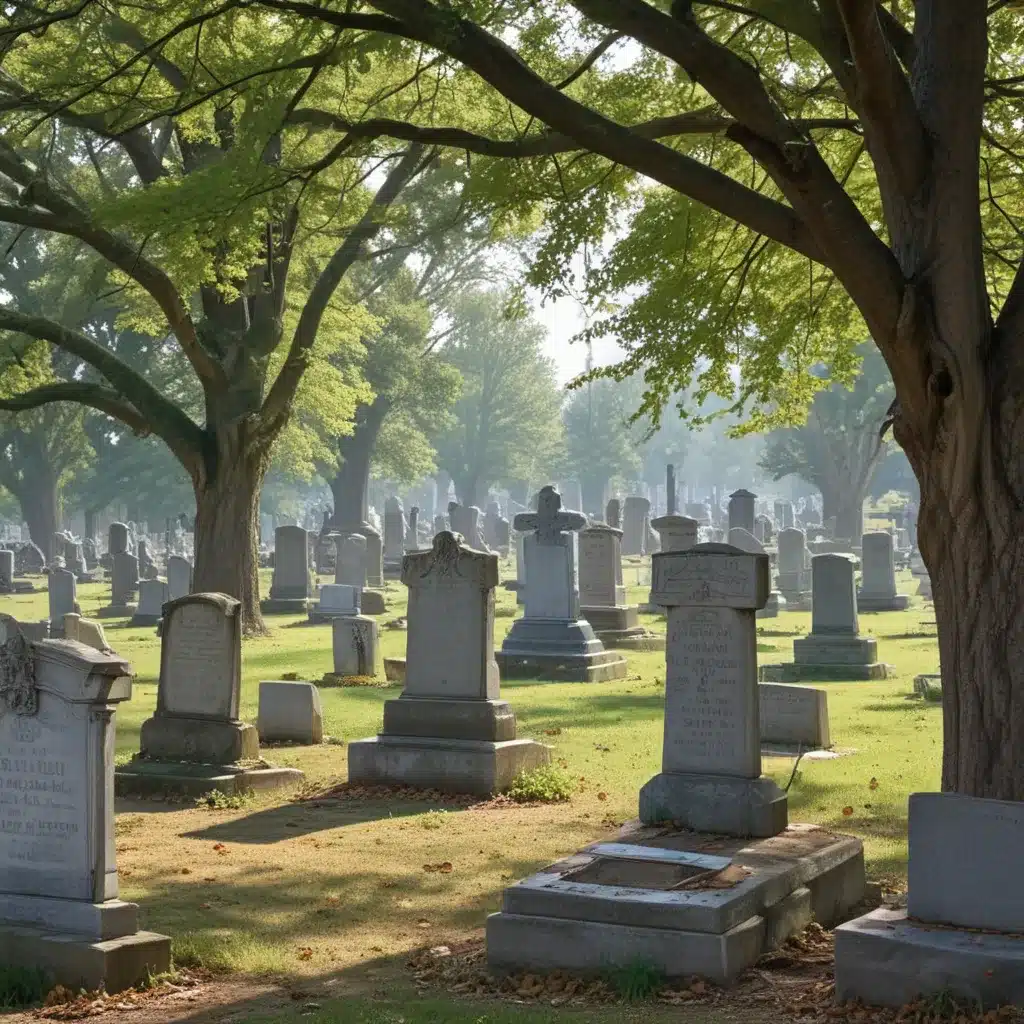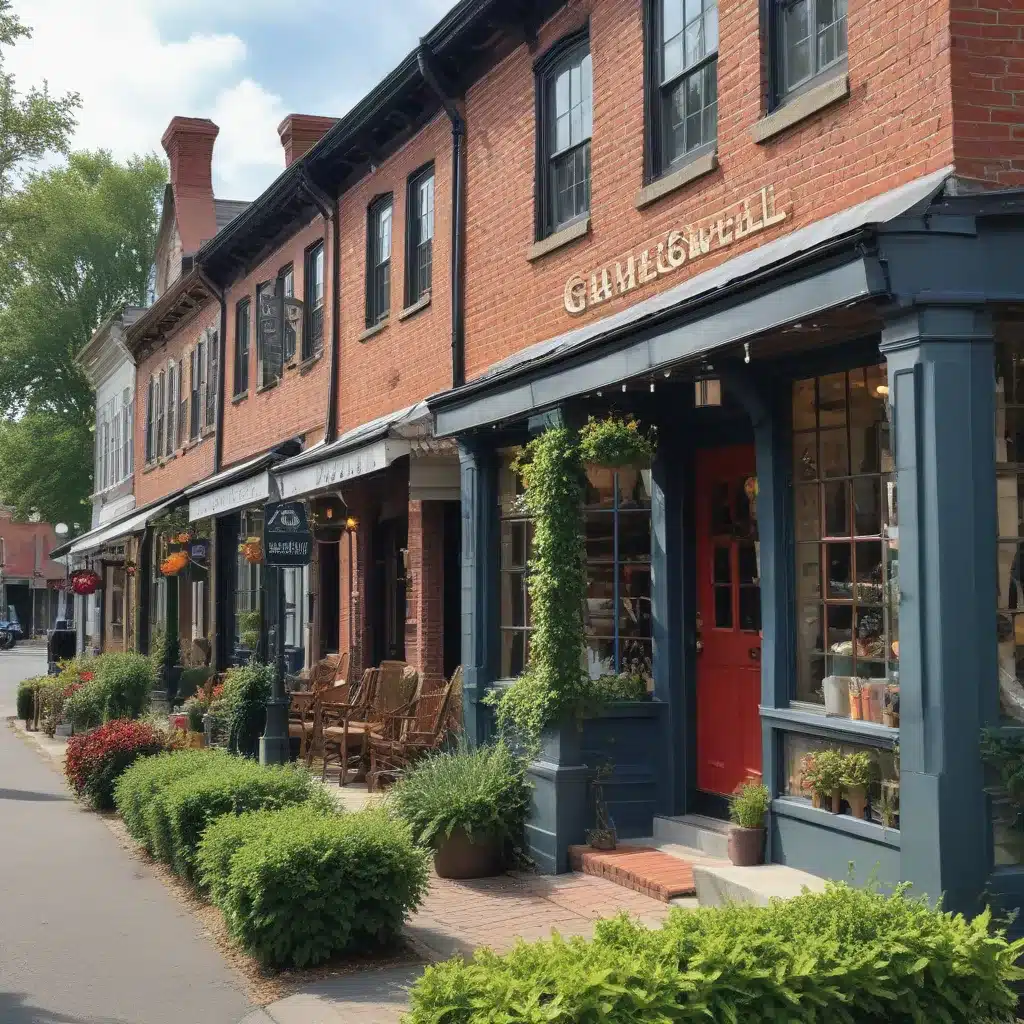Ah, the thrill of discovering a hidden gem – a museum that’s off the beaten path, tucked away from the crowds, and brimming with the unexpected. In a world where the Louvre and the Smithsonian reign supreme, I’ve made it my mission to uncover the most delightfully offbeat museums that will have you scratching your head and saying, “A museum about what?”
Typewriter Museum: The Clickety-Clack of History
Picture this: row after row of vintage typewriters, their keys gleaming, their mechanisms whirring, each one a testament to the bygone era of analog communication. Welcome to the Typewriter Museum, tucked away in the heart of Caldwell County. As I step through the door, I’m immediately transported back in time, surrounded by the clickety-clack of keys and the whisper of paper sliding through the rollers.
The curator, a former journalist with a twinkle in her eye, greets me enthusiastically. “These machines,” she says, “they’re not just about typing – they’re a window into our past, a glimpse of how we used to communicate.” She leads me through the exhibits, her fingers dancing across the keyboards, demonstrating the intricate workings of these mechanical marvels.
I’m captivated by the sheer diversity of typewriters on display – from the hulking, industrial-strength machines used in newsrooms to the sleek, portable models that revolutionized the way people wrote on the go. Each one has a story to tell, a piece of history woven into its frame. As I listen to the curator’s tales, I can almost hear the voices of the authors, journalists, and secretaries who once pounded away on these keys, shaping the world one word at a time.
International Cryptozoology Museum: Where Legends Come to Life
Just when I thought I had seen it all, the curator whisks me away to another hidden gem: the International Cryptozoology Museum. “Cryptozoology?” I ask, my brow furrowed. “Isn’t that the study of mythical creatures?”
The curator nods enthusiastically. “Exactly! And this museum is dedicated to exploring the evidence, both real and imagined, behind some of the world’s most elusive beasts.”
As we step through the doors, I’m greeted by a sight that makes my jaw drop. Towering over me is a massive, shaggy creature that looks like a cross between a bear and a yeti. “Meet Bigfoot,” the curator announces with a grin. “Or at least, our best attempt at recreating him.”
I circle the exhibit, my eyes wide with wonder. Nearby, I spot a display showcasing the teeth and claws of the legendary Chupacabra, the “goat sucker” of Latin American folklore. And in the corner, a life-size model of the Loch Ness Monster, complete with its serpentine neck and mysterious, glassy eyes.
“These creatures,” the curator explains, “they captivate our imaginations because they represent the unknown, the unexplored. And who knows? Maybe one day, we’ll finally uncover the truth behind these legends.”
As I leave the museum, my mind is racing with possibilities. Could Bigfoot really be out there, roaming the wilderness? Is the Loch Ness Monster a living, breathing creature, or just a figment of our collective imagination? The mysteries of cryptozoology have never been more intriguing.
Morbid Anatomy Museum: Where Death Meets Art
Just when I thought I had seen it all, the curator whisks me away to another hidden gem: the Morbid Anatomy Museum. “Morbid Anatomy?” I ask, my brow furrowed. “Isn’t that a bit… well, morbid?”
The curator chuckles and nods. “Absolutely. But that’s what makes it so fascinating. This museum explores the intersection of art, science, and the macabre.”
As we step through the doors, I’m immediately struck by the museum’s unsettling yet captivating atmosphere. Everywhere I look, there are displays of preserved anatomical specimens, taxidermy creatures, and eerie medical ephemera.
“This isn’t just a collection of oddities,” the curator explains, leading me through the exhibits. “These pieces tell a story about our relationship with death, and how we’ve tried to make sense of the human body throughout history.”
I’m drawn to a display showcasing a collection of Victorian-era “memento mori” – intricate, ornate jewelry and decorations made from human hair, teeth, and even bones. “Can you imagine,” the curator muses, “wearing a brooch made from the hair of a loved one as a way to remember them?”
The further I explore the museum, the more I’m struck by the juxtaposition of the macabre and the beautiful. In one corner, a delicate floral arrangement made from dried human skin; in another, a stunning display of antique surgical instruments, their gleaming metal surfaces catching the light.
As I leave the Morbid Anatomy Museum, I can’t help but feel a sense of wonder and unease. This place has challenged my perceptions of what a museum can be, blurring the lines between science, art, and the morbid fascinations of the human experience.
The National Mustard Museum: A Condiment Lover’s Paradise
If the Morbid Anatomy Museum left me a bit unsettled, the National Mustard Museum was the perfect palate cleanser. As I step through the doors, I’m greeted by a riot of color and the unmistakable aroma of… well, mustard.
“Welcome to mustard heaven!” the curator exclaims, his eyes twinkling with excitement. “This is the world’s largest collection of mustards, from classic yellow to exotic flavors you’ve never even heard of.”
I’m immediately drawn to the rows of glass jars, each one filled with a different variety of the condiment. There’s the classic Dijon, of course, but also raspberry-infused mustard, maple-bourbon mustard, and even a bright blue mustard that looks like it belongs in a cartoon.
“Do you know,” the curator says, “that mustard is one of the oldest condiments in the world? It’s been used for centuries, in everything from ancient Roman recipes to modern-day barbecue sauces.”
As we wander through the museum, the curator regales me with stories of mustard’s rich history and cultural significance. I learn about the fierce rivalries between mustard producers, the secret recipes passed down through generations, and the science behind the perfect mustard blend.
But the true highlight of the visit comes when the curator invites me to sample some of the museum’s rarest and most unusual mustards. I hesitantly dip a cracker into a jar of black garlic mustard, only to be blown away by the depth of flavor. “Incredible, isn’t it?” the curator beams. “Just wait until you try the horseradish-infused variety.”
By the time I leave the National Mustard Museum, my tastebuds are tingling and my mind is buzzing with newfound appreciation for this humble condiment. Who knew that something as simple as mustard could be the subject of an entire museum dedicated to its history, science, and sheer, delicious variety?
Conclusion: Embracing the Offbeat
As I reflect on my journey through these offbeat museums, I can’t help but feel a sense of wonder and delight. In a world that often values the big, the flashy, and the mainstream, these hidden gems remind us that there’s beauty, fascination, and joy to be found in the unexpected.
From the clickety-clack of vintage typewriters to the mysteries of cryptozoology, from the macabre marvels of the Morbid Anatomy Museum to the colorful, flavorful delights of the National Mustard Museum, these institutions have broadened my horizons and challenged my preconceptions.
And you know what? I wouldn’t have it any other way. These offbeat museums aren’t just places to visit – they’re portals to new worlds, gateways to the unexpected, and reminders that the most fascinating stories are often the ones that aren’t told in the history books.
So if you’re ever in Caldwell County, I urge you to venture off the beaten path and discover these hidden gems for yourself. Who knows what delightful, bizarre, or downright mind-bending experiences await? The only way to find out is to explore, to embrace the offbeat, and to let your curiosity lead you on an adventure like no other.
And if you’re looking for more ways to explore the unique offerings of Caldwell County, be sure to check out the Caldwell County Chamber of Commerce website. They’ve got all the inside scoop on the area’s hidden treasures, from offbeat museums to local artisans and beyond.

